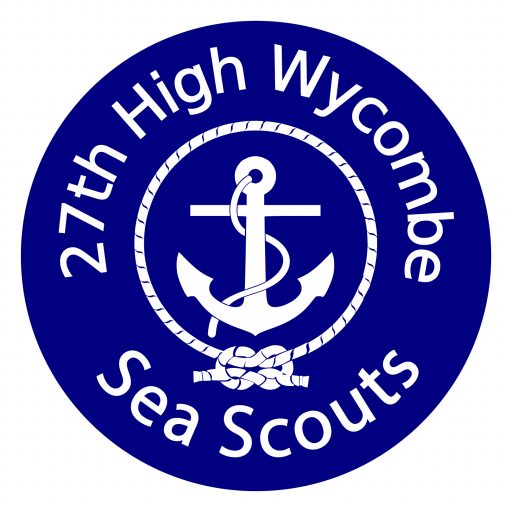
For boys and girls aged between the ages of 10½ to 14 years old.
Our Scout Troop meet every Wednesday, 7pm to 8:30pm
Jump in and get muddy. Give back and get set. Scouts ignore the butterflies and go for it, and soon so will you.
Scouts are a go-getting group of young people aged 10 ½ to 14 who:
- Master new skills and try new things
- Make new friends
- Have fun and go on adventures, at home and abroad
- Explore the world around them
- Help others and make a difference, in their own communities and beyond
Week in and week out, they gather in groups called Scout Troops to conquer the small task of changing the world.
What do Scout do?
Discovering the world
Being a Scout is all about discovering the world on your own terms and making the most of what you have, wherever and whoever you are.
Alongside your new friends, you’ll master the skills that will help you weather the storms of life, and try things you’d never get the chance to do at home or at school – working with trained volunteers to achieve whatever you set your mind to.
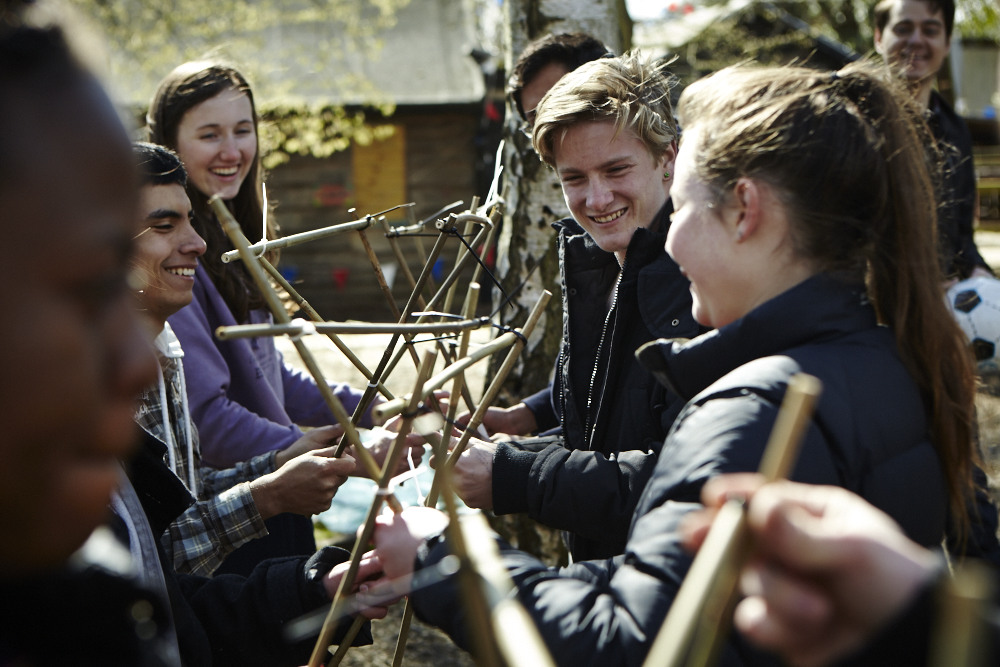
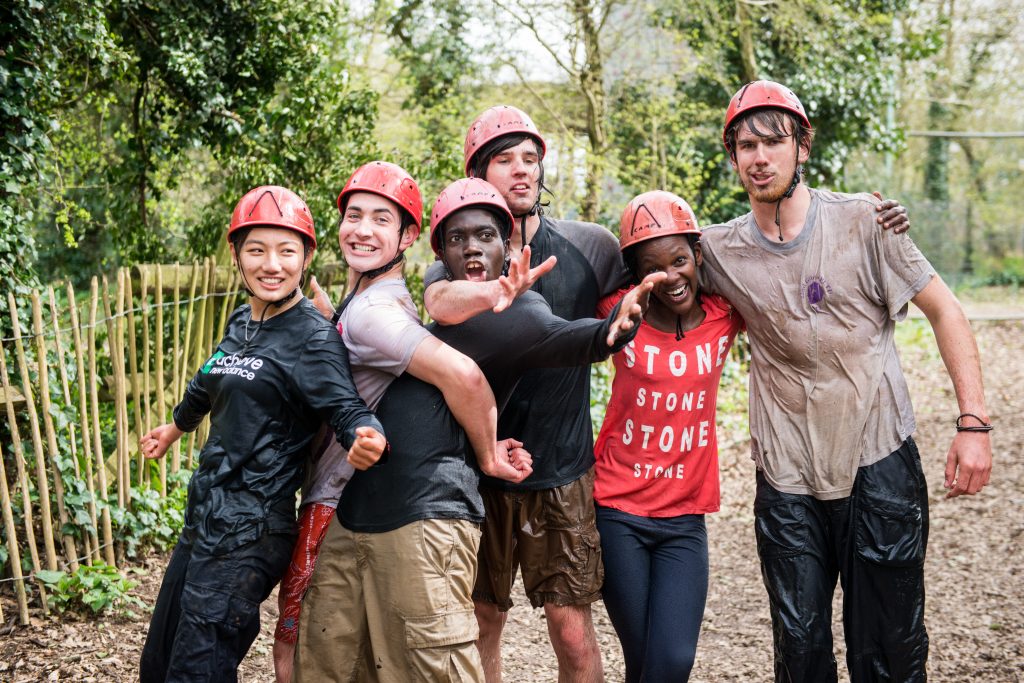
Starting small, thinking big
Scouts start small but think big. They stand up for what they believe in and make a difference on their doorstops, confident in the knowledge that their daily actions add up. In a society that can often feel increasingly isolated and inward facing, Scouts build bridges and break barriers. Throughout history, they’ve played all sorts of useful roles in society, and this legacy continues today.
Listening in, lending a hand
Scouts seek out the answers to the big questions, and to the smaller questions that don’t seem to matter but really should. Most importantly, they say yes more often than they say no – whether they’re taking part in their first ever camp away from home, or writing their first line of code, or accepting the last of the toasted marshmallows.
Sound like fun? That’s because it is. All that’s missing is you.
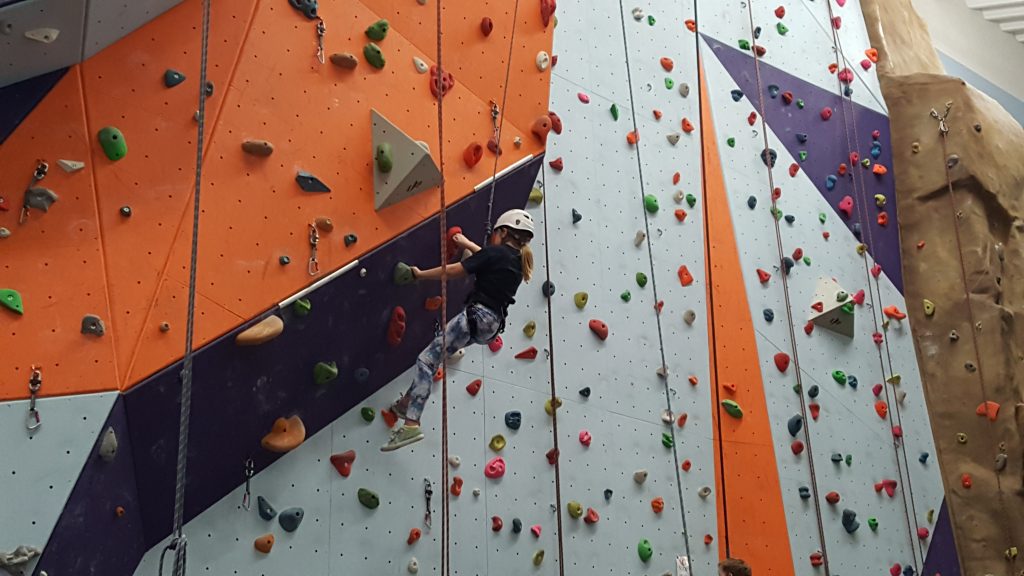
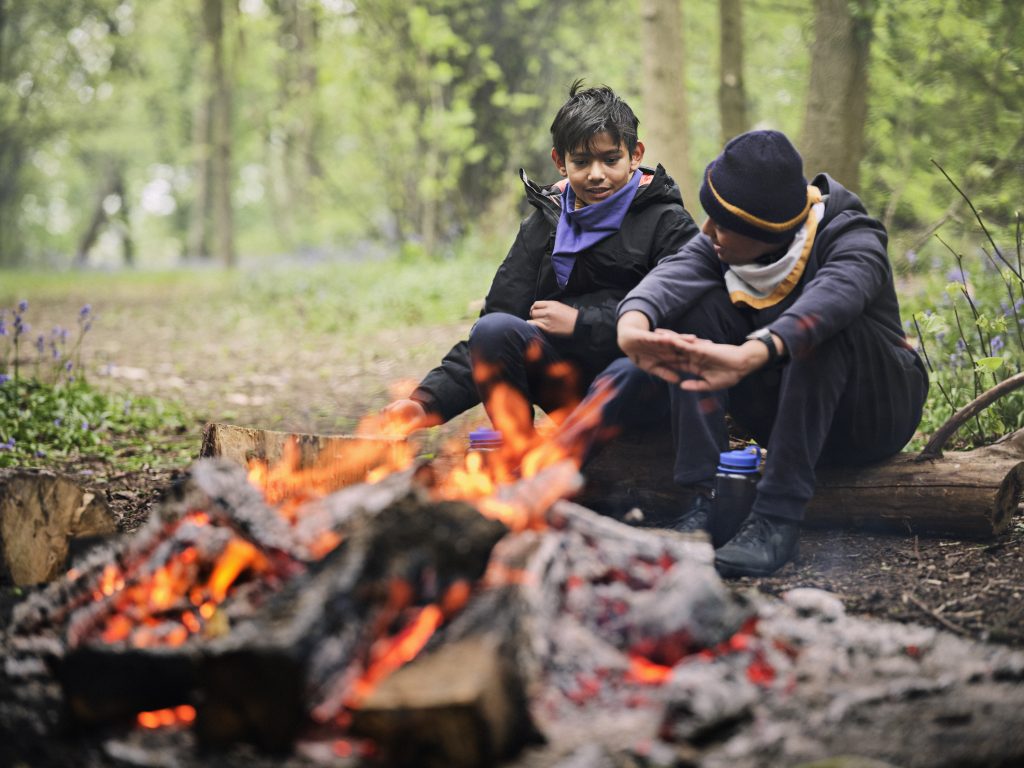
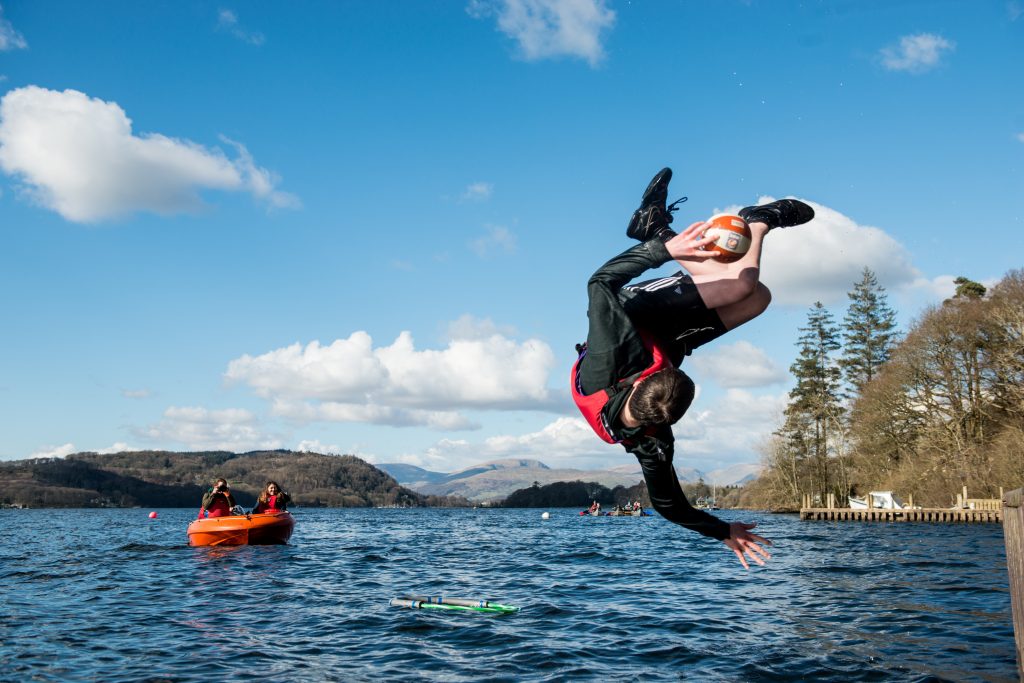
Who leads Scouts?
Each Scout Troop is made up of young people aged 10½ to 14, led by trained adult volunteers who are on hand to share their skills and keep everyone safe. Traditionally, Scout leaders were nicknamed ‘Skip’ – an abbreviation of ‘Skipper’, which is a name given to a ship’s captain however within our troop we just use our leaders real names.
What does a Scout Troop look like?
All Scouts are members of the global Scout family. Closer to home, they’re also part of a wider local Scout Group, alongside Beavers (aged 6 to 8) and Cubs (aged 8 to 10 ½). When they’re older, they can join Explorers (for 14 to 18 year olds) and – eventually – Scout Network (for our young adult members aged 18 to 25).
Within their Troop, Scouts are part of a Patrol – smaller groups of Scouts who look out for one another, and help each other grow. Scouts usually gather in their Patrols at the beginning and end of meetings. They might also stick together on expeditions or trips away, or during certain activities.
As well as the Scout leader, other adults are on hand to supervise activities, share their skills and keep everyone safe. Other young people aged 14 to 18 might help out, too. These are Explorer Scouts taking part in the Explorer Scout Young Leader programme.
Promises and ceremonies
Every Scout is unique, but they find common ground in their shared Scout values, and make a promise to stick by them.
Making a promise when you join the Troop is a way of celebrating these values. Every time a new Scout decides to join, they chat through their promise with their leader before saying it out loud in front of their fellow Scouts.
The process usually takes place once you’ve had a few weeks to settle in, and is known as being ‘invested’ into Scouts. Usually, the promise ceremony happens in a place you’ve chosen, or in a memorable place that means a lot to the group. It could be held in your usual meeting place, or it could happen around the campfire, or it could happen on a boat sailing the seven seas.
Badges
Like within the other sections, Scouts can achieve a large and varied range of challenge & activity badges that cater for every taste, skill and capability. There are also core badges for joining or moving on from the Troop or for time spent in the Scouting movement.
The progressive training scheme leads to the Chief Scout’s Gold Award in this section.

How to join
Lots of young people want to join Scouts and you might have to wait for a space to become available before you can start your journey. If you have any questions about accessibility, it’s best to contact us in addition to your application. By being upfront about additional needs from the start, parents/carers can work in partnership with local leaders to make sure their young person has the best experience possible.
On your first night at Scouts, you’ll be taking part in lots of activities, and should just wear something you feel comfortable in.
Eventually, you’ll get your own Scouts uniform to wear to meetings and camps. Wearing a uniform is comfy and practical. It means no one feels uncomfortable or left out and helps everyone to feel a part of the Troop. It also gives you a place to show off all the badges you earn.
